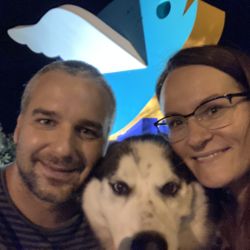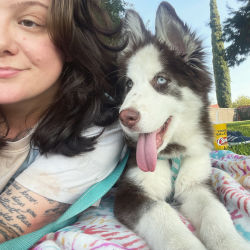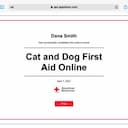Origins and Temperament
Hailing from Bavaria, the Giant Schnauzer was bred to drive cattle and work as a guard dog. Known for their intelligence, strength, and deep loyalty, these dogs are energetic protectors who require companionship and purpose. Their temperament—bold, vigilant, and spirited—necessitates careful handling during travel. Familiarity and routine are key to reassure them in transit, as their protective instincts can be heightened in unfamiliar settings.
Size and Physical Needs
Giant Schnauzers stand tall at 23.5 to 27.5 inches, weighing between 55 and 85 pounds. These robust dogs demand regular exercise and ample space to move. In transit, sufficient room to stand and stretch, as well as a secure and comfortable area, are essential. Air circulation, appropriate bedding, and space to accommodate their larger frame must be prioritized.
Common Health Considerations
Like many large breeds, Giant Schnauzers can be prone to hip dysplasia and joint issues; thus, minimizing stress on their limbs during travel is crucial. Ensure current health certifications and detailed medical records are on hand to assist in health monitoring and addressing any concerns en route.
















